For restoration work, our signature, period-correct bone charcoal color case hardening brings classic rifles, handguns and shotguns back to the their factory-new look. For our custom finish work, it takes the same museum-grade finish to transform a factory-new firearm into a classic reproduction.
Clearing Up the “Color Case” Confusion
Color case hardening is gorgeous. It once served a noble purpose (hardening carbon steel), but nowadays it just makes things look good. It’s a finish I’ve grown up with, and I know I’m partial to the traditional style. Even folks who tell me, “No offense, but I prefer a blued finish,” will admit that it’s a handsome look, even if it’s not for them.
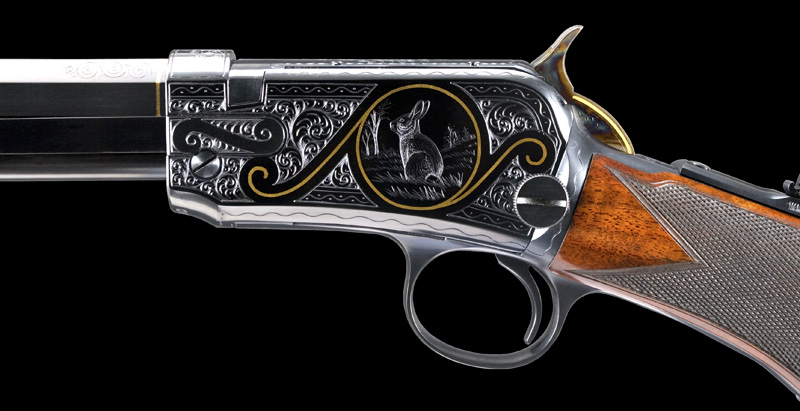
When people tell me they prefer a blued look, I like to recommend color case hardened accents, like the hammer of this highly-engraved Winchester 1890.
Why Do We Love Color Case Hardening so Much?
Since the 1980s Turnbull Restoration has been the #1 name in color case hardening. We revived this nearly-lost art in service of historically-accurate restorations on the lever-action rifles, side-by-side shotguns, and single-action revolvers in which we specialize. We’ve worked tirelessly to ensure our color case hardening is as authentic as it can be. We are proud of the work we do and the connection we have to the original master gunmakers of the turn of the century.
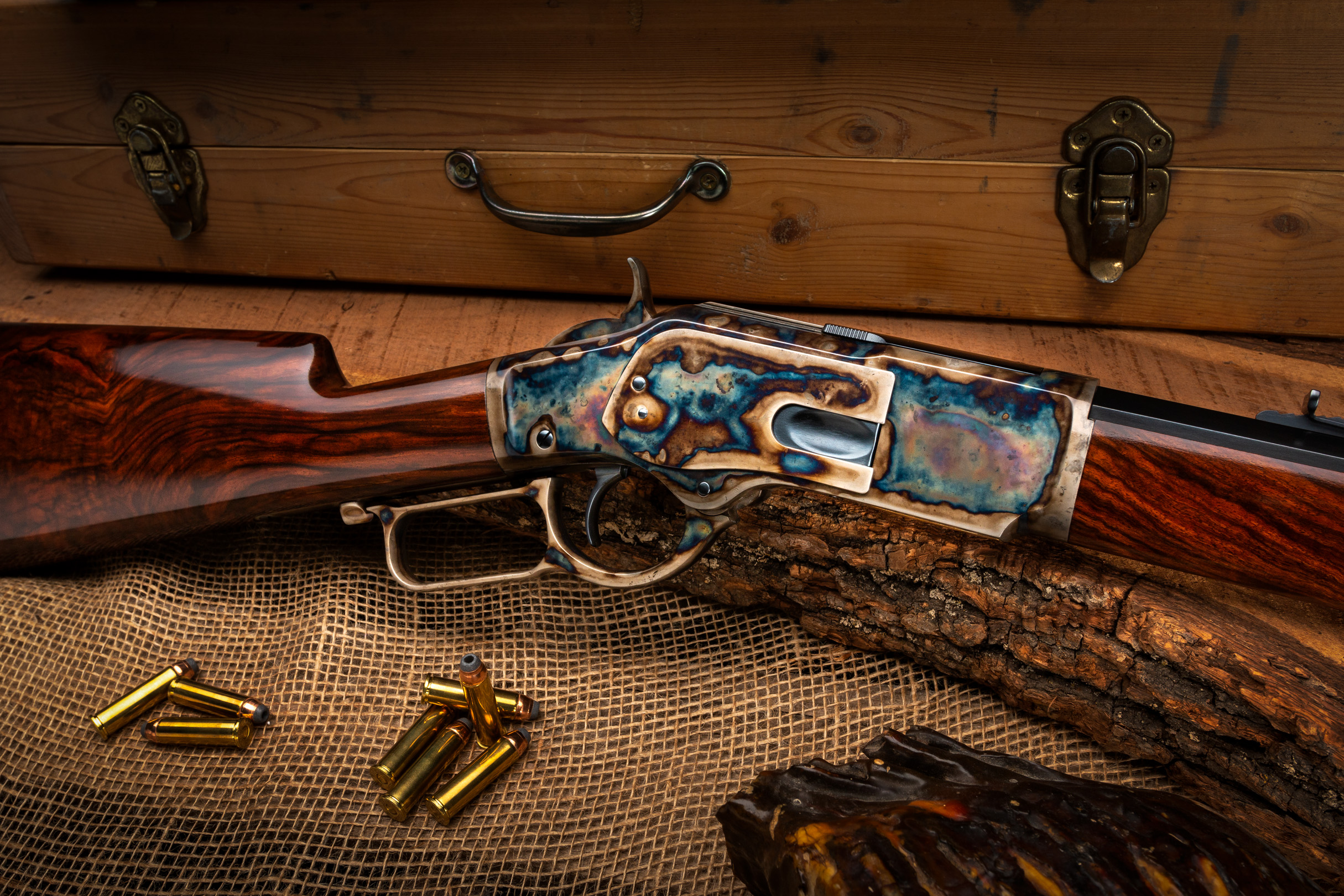
The right piece of Turkish walnut brings this color case hardened 1873 from beautiful to show-stopper.
In addition to appreciating the craftsmanship and historical importance of this finish, our customers also love color case hardening because it’s also a unique and bold accent in a world of wood, silver, and bluing. It’s eye-catching and helps to elevate a firearm from tool to work of art, along with checkering, engraving, and a highly-figured piece of wood.
Every colored piece turns out differently. The metal finisher has some control over the colors and patterns. Customer preference, firearm manufacturer, or year of manufacture can inform what colors and patterns should be produced (more on that in upcoming blog posts). But not all color case hardening looks the same; in fact, not all “color case hardening” even is color case hardening!
We’ve worked tirelessly to ensure our color case hardening is as authentic as it can be. We are proud of the work we do and the connection we have to the original master gunmakers of the turn of the century.
Glossary of Terms
As we start our series exploring the differences between these two “coloring” techniques, it’s important to define what we’re talking about.
Color case hardening (or case color hardening or case hardening):
A traditional process used originally to harden carbon steel using very high temperatures and bone and wood charcoal. Used more recently to reproduce the original finish on carbon steel firearms without substantially hardening the steel, this process is still known as color case hardening.
Color casing (or case coloring):
A modern, industrial process used to add colors to carbon steel. This process utilizes a potassium cyanide salt bath to achieve the desired colors. Note: Even if a firearm has been “color cased” manufacturers and proprietors will often refer to it as having been “color case hardened,” even though this is an inaccurate description.
Case colors:
The unique colors achieved either by color case hardening or color casing.
Colored:
Having been color case hardened or color cased.
Since these terms are all loosely used interchangeably, you can find out which process was used by asking the owner or manufacturer if they used the “traditional bone-and-wood charcoal process”. Another way to tell the difference is by looking at it, but differentiating the two may take practice for people new to these finishes. Anything we here at Turnbull Restoration and Turnbull Manufacturing produce will only be color case hardened; we do not do cyanide color casing.
While some people may prefer the look of color casing, we’re old-fashioned in our taste here. To us, cyanide color casing is an industrial finish, just like hot bluing, that cannot hold a candle to the traditional finishes the original American gunmakers produced on their classic firearms.
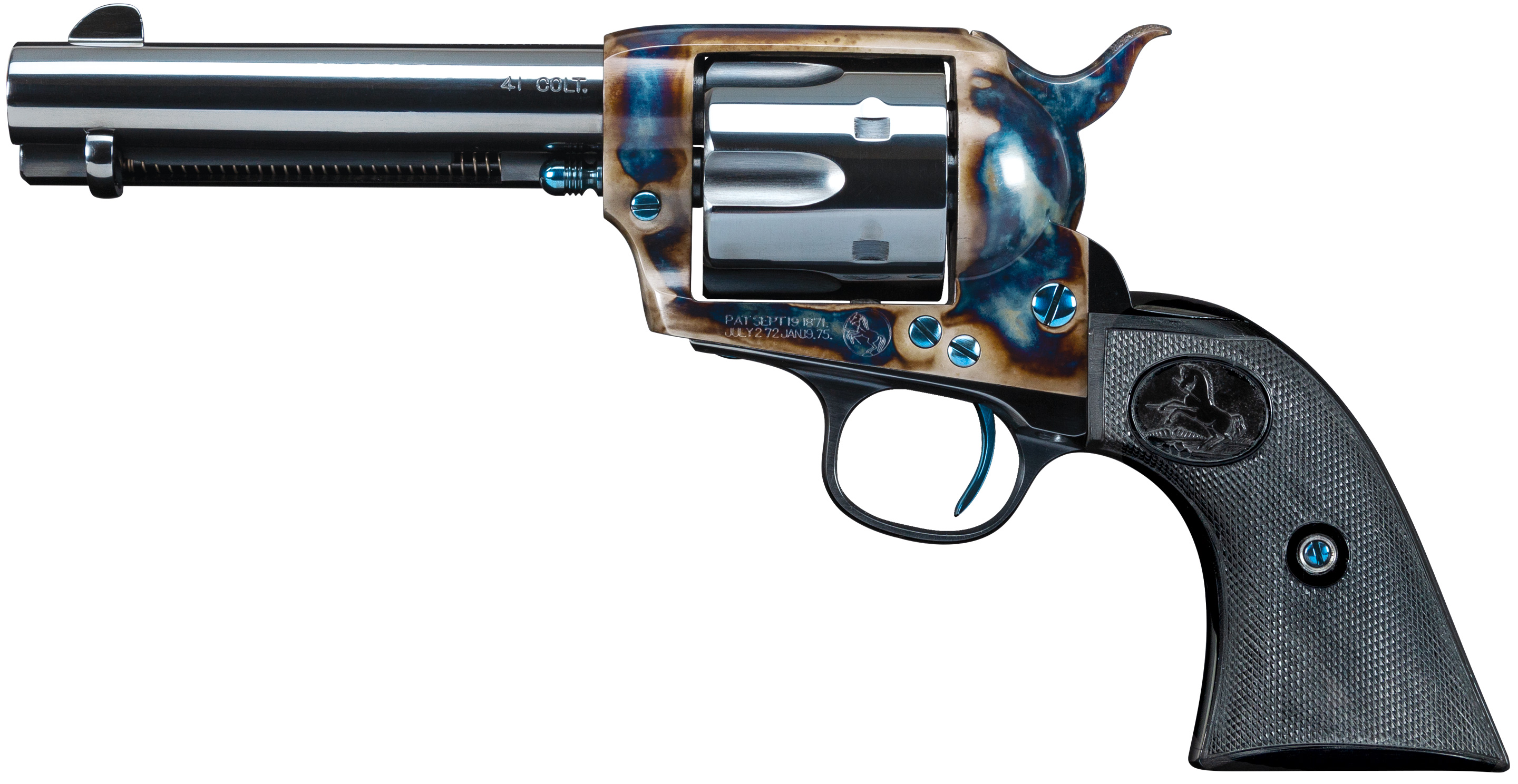
Nitre bluing, another antique finish, highlights the bright blues of authentic color case hardening on this restored Colt Single Action Army revolver.
Stay Tuned to Learn More About Color Case Hardening
Over the next few weeks I’ll share more information on the differences between color case hardening and color casing on our website through blog posts and on social media. We’ll review side-by-side comparisons of modern color cased firearms and color case hardened firearms, review original color case hardened firearms compared to those we have restored, and explore the different colorations and patterns unique to particular manufacturers (such as Parker vs. L. C. Smith).
Subscribe to our newsletter or follow us on Instagram or Facebook for the next installation.

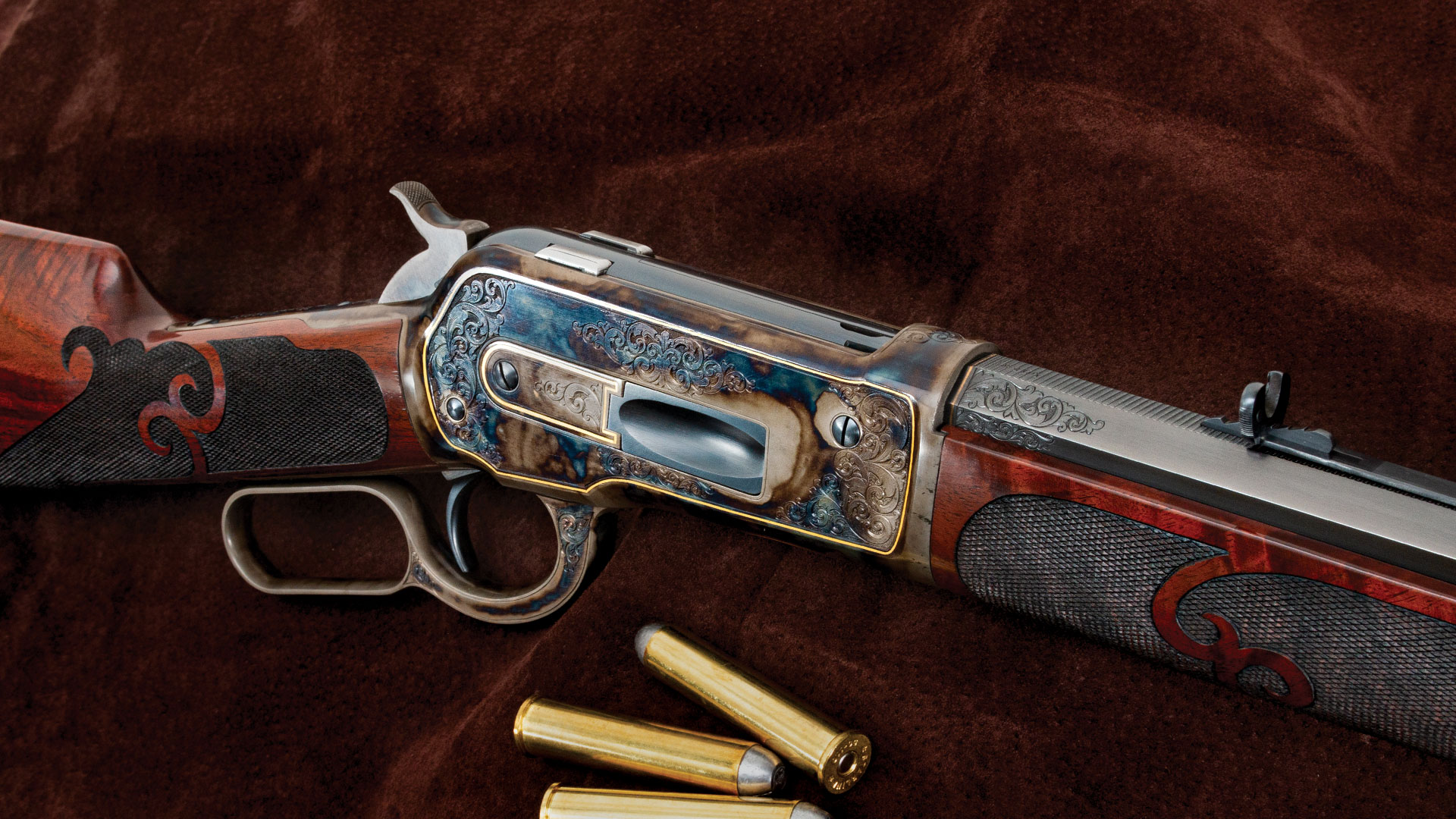
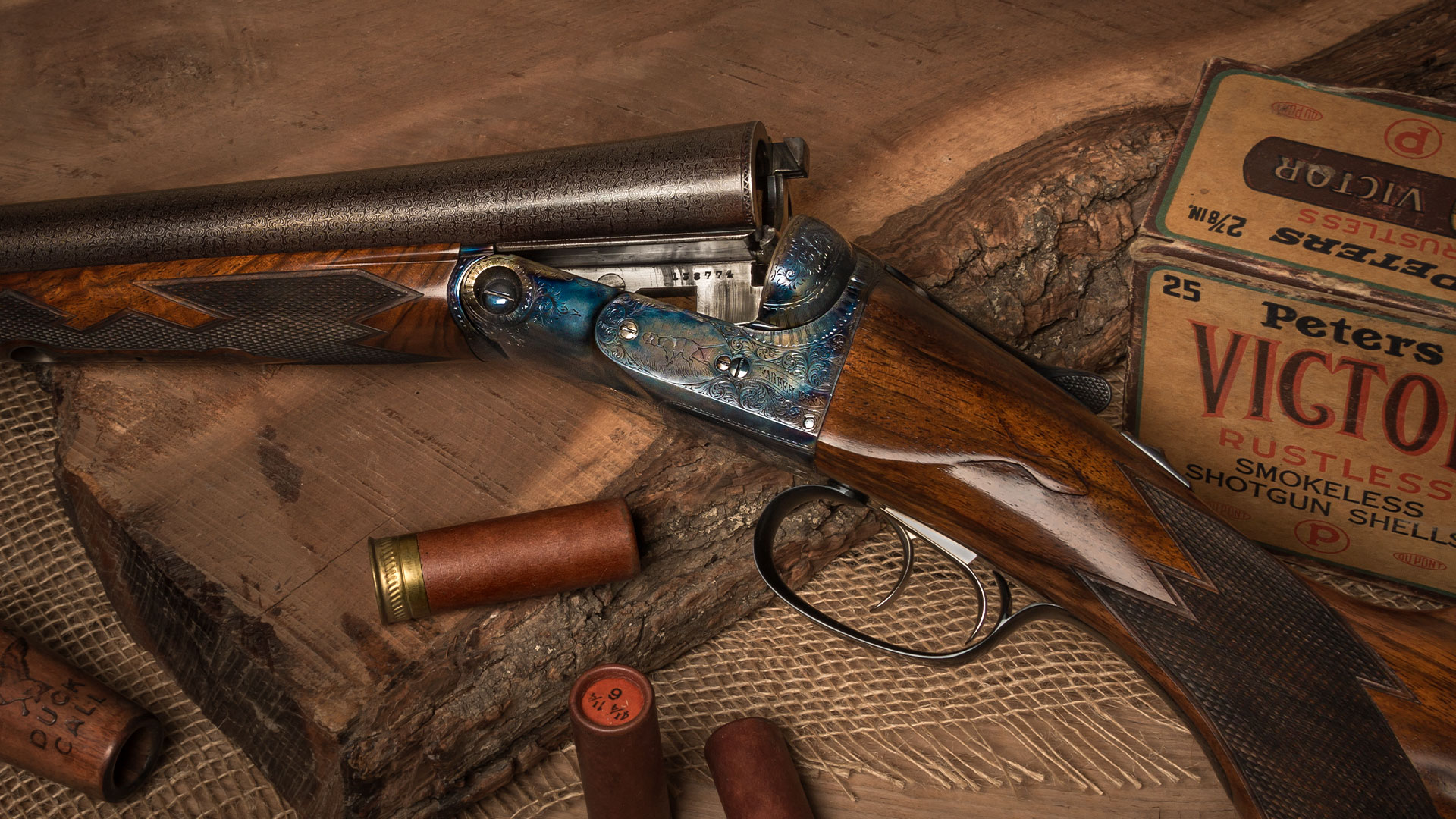
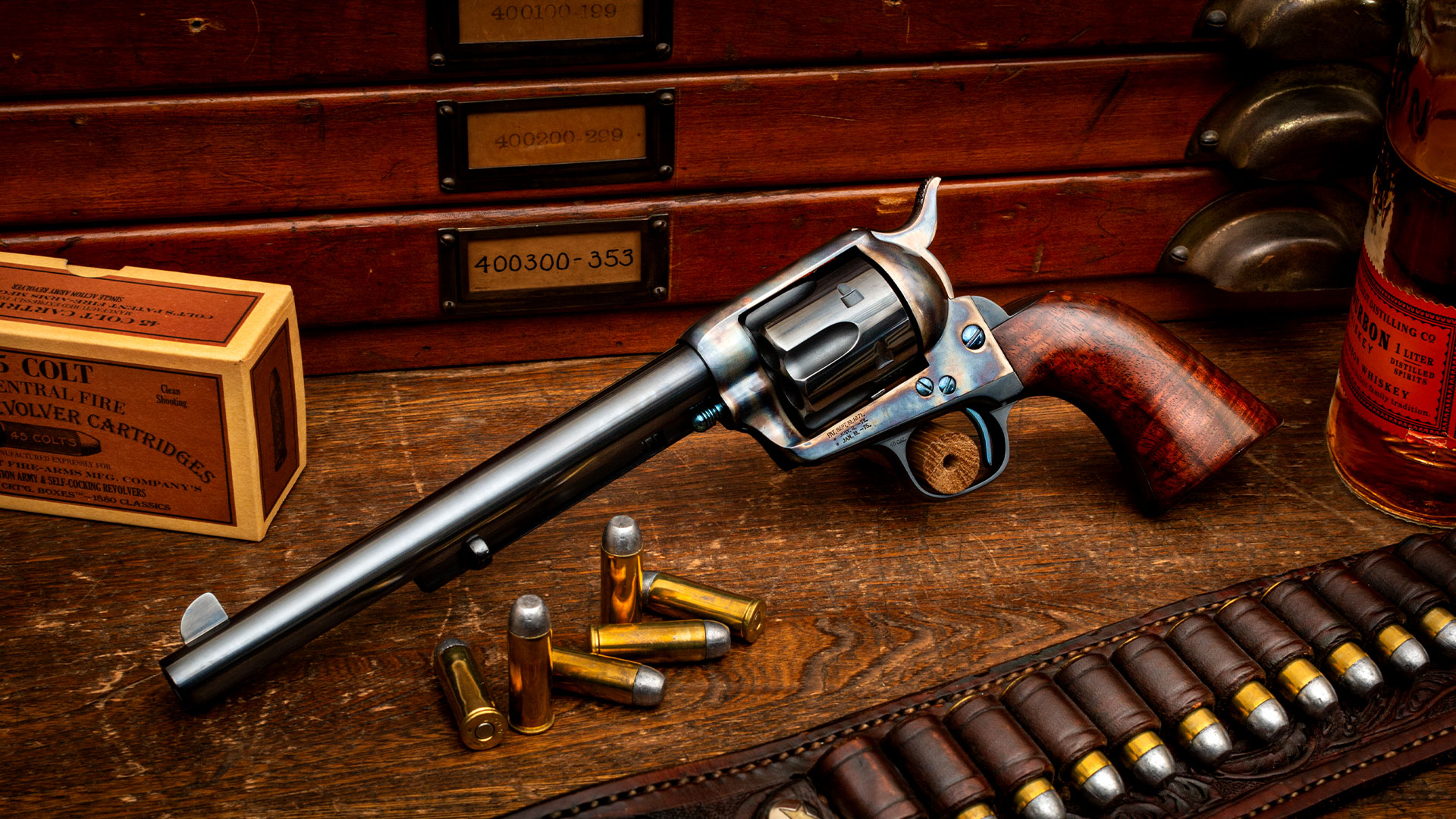
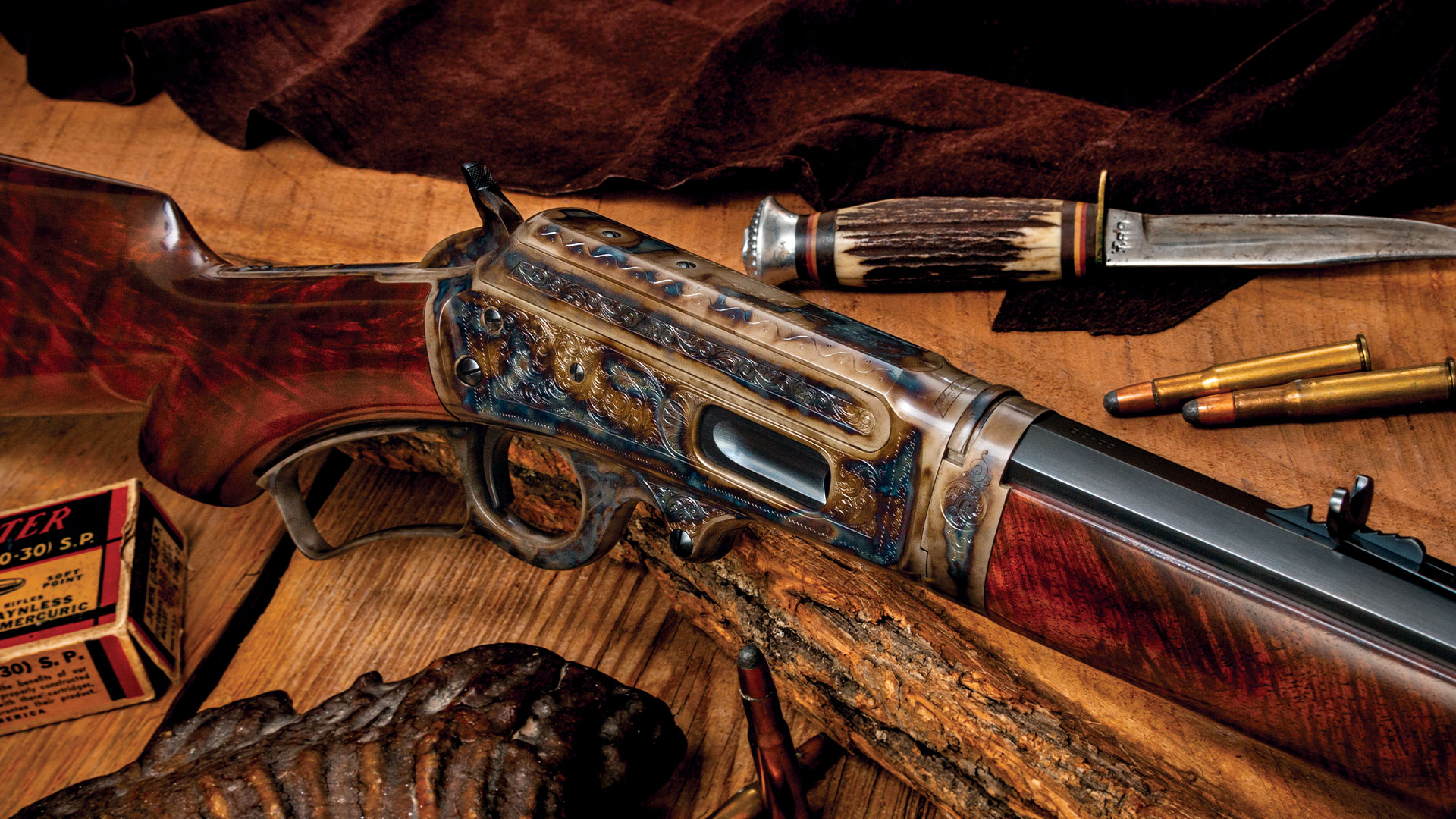
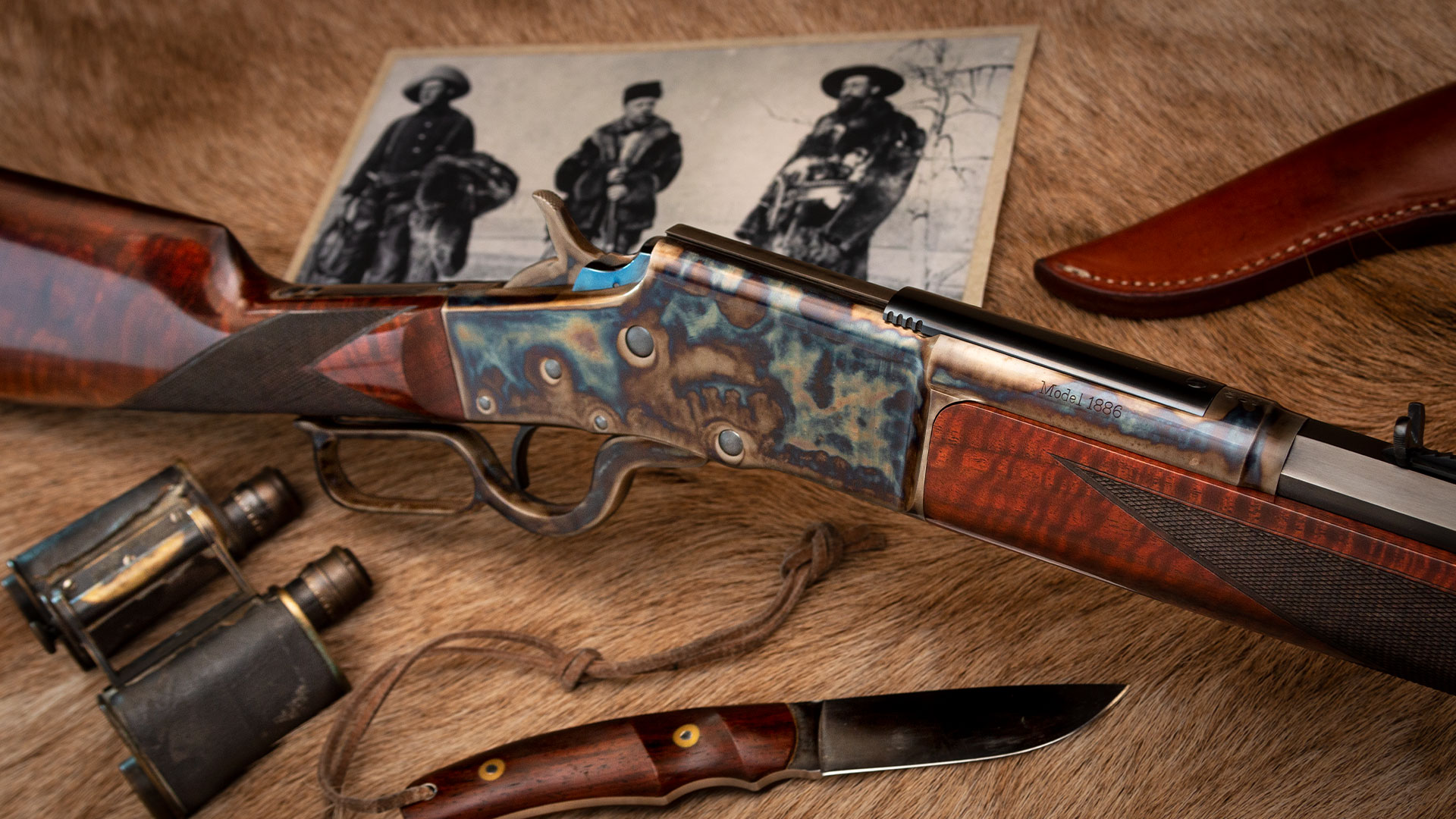
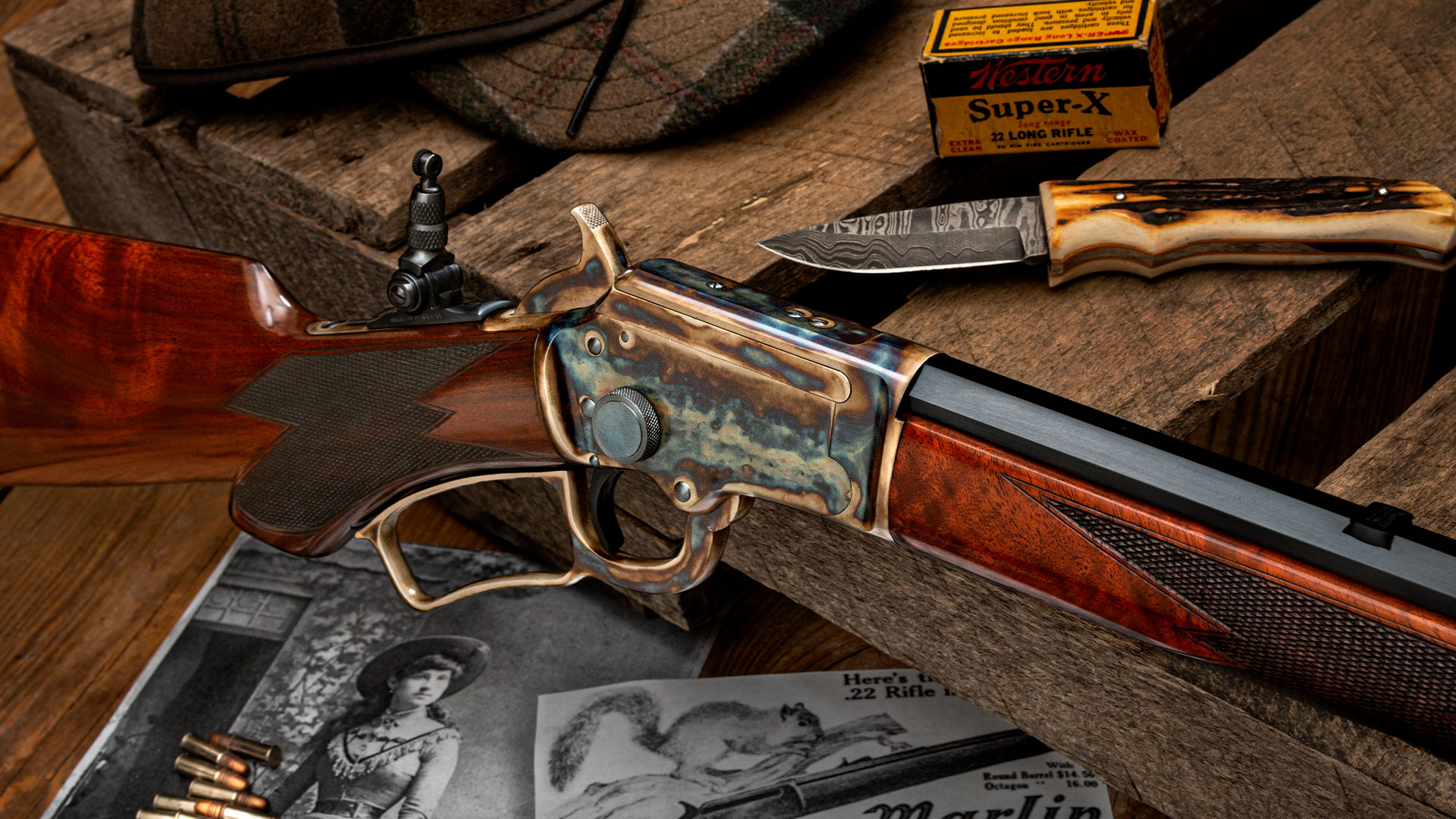
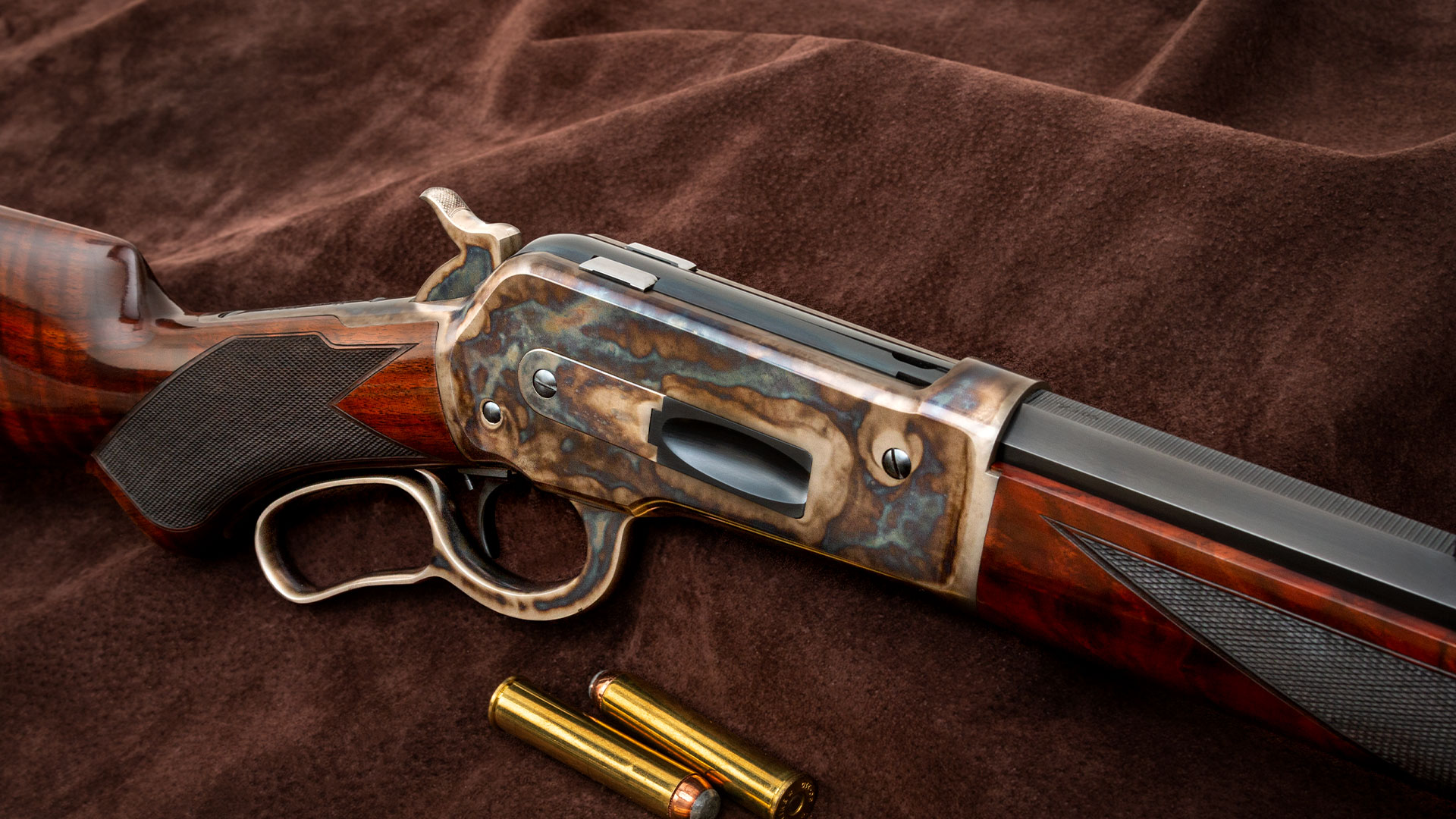
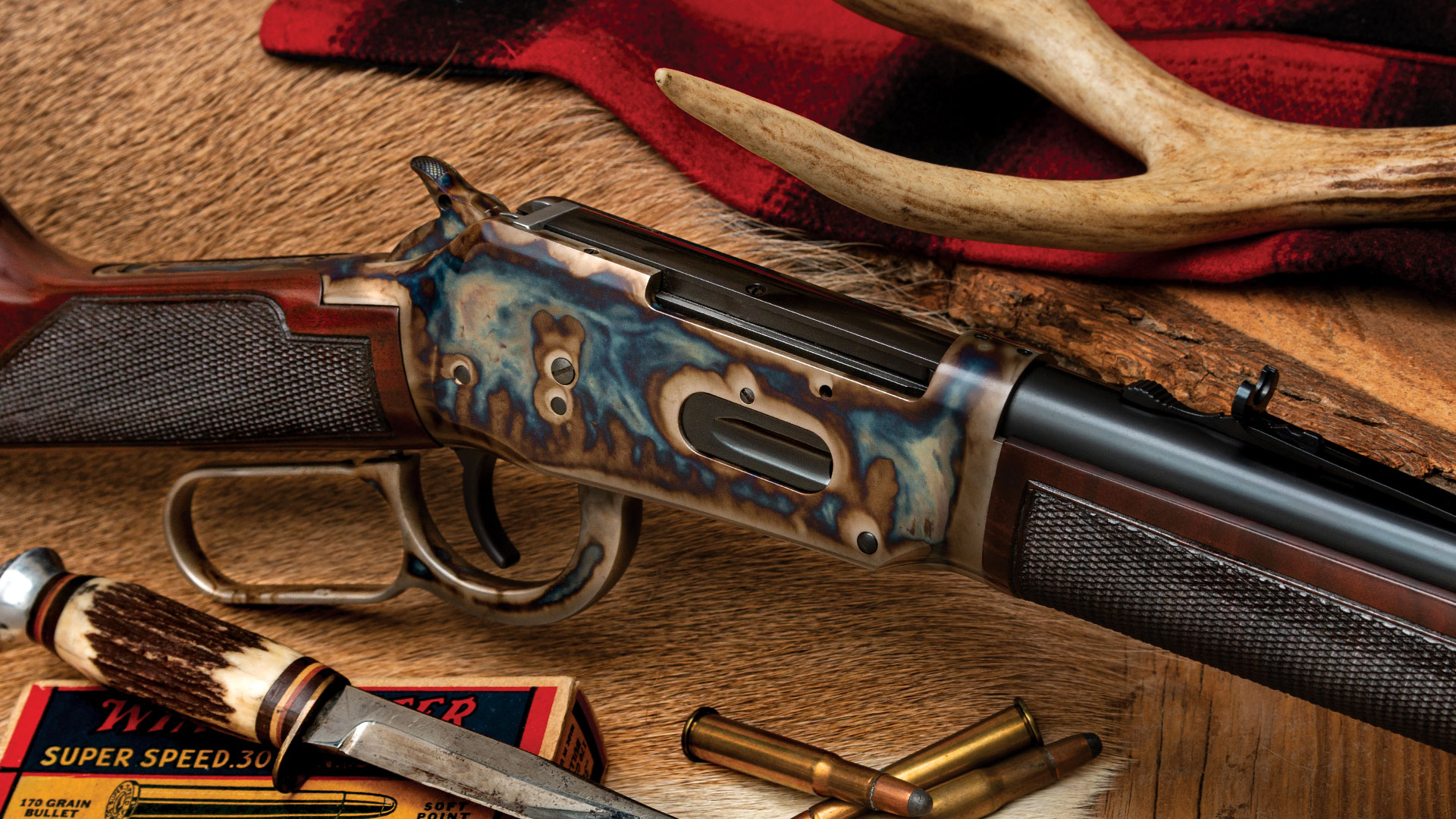
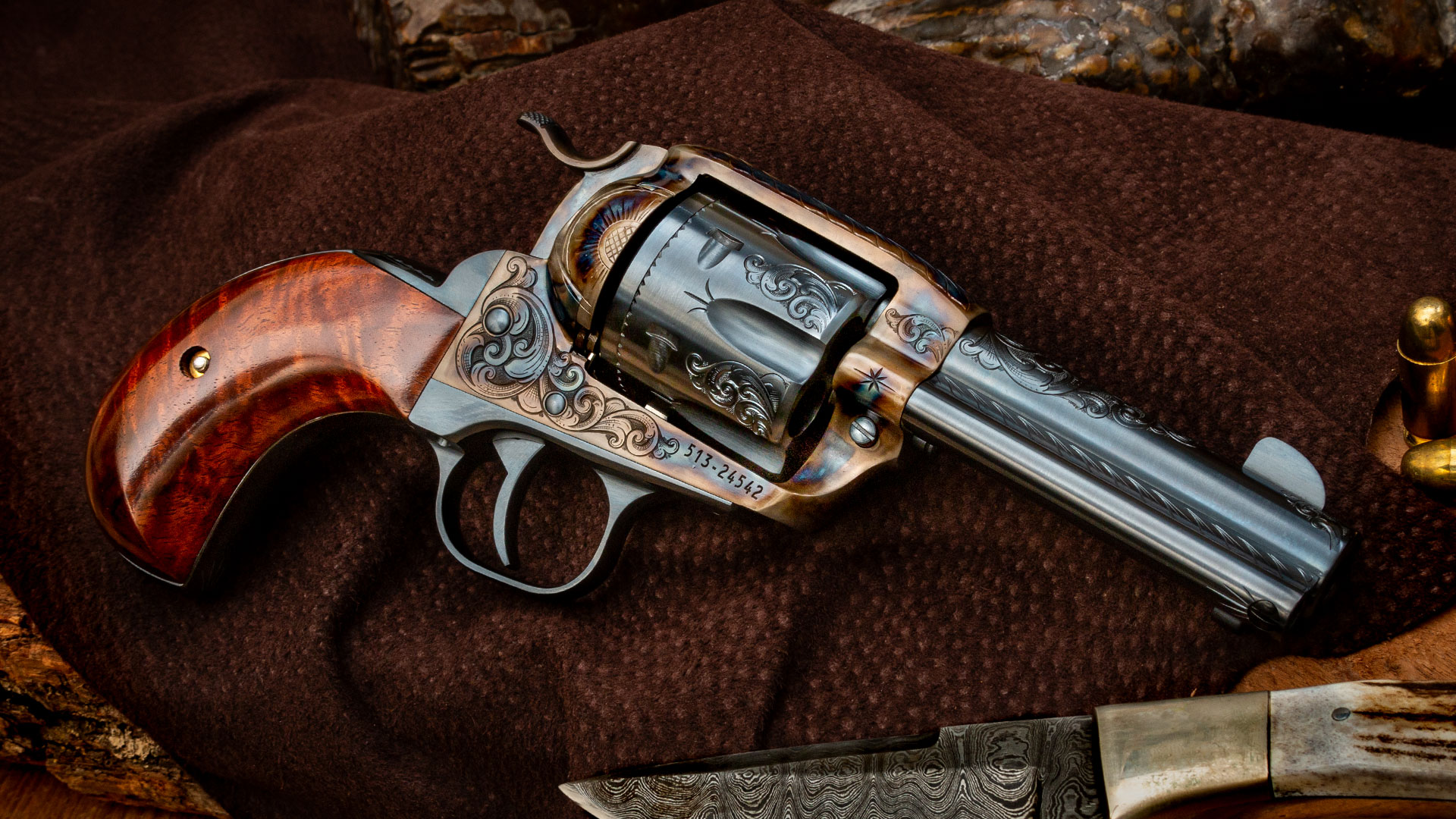
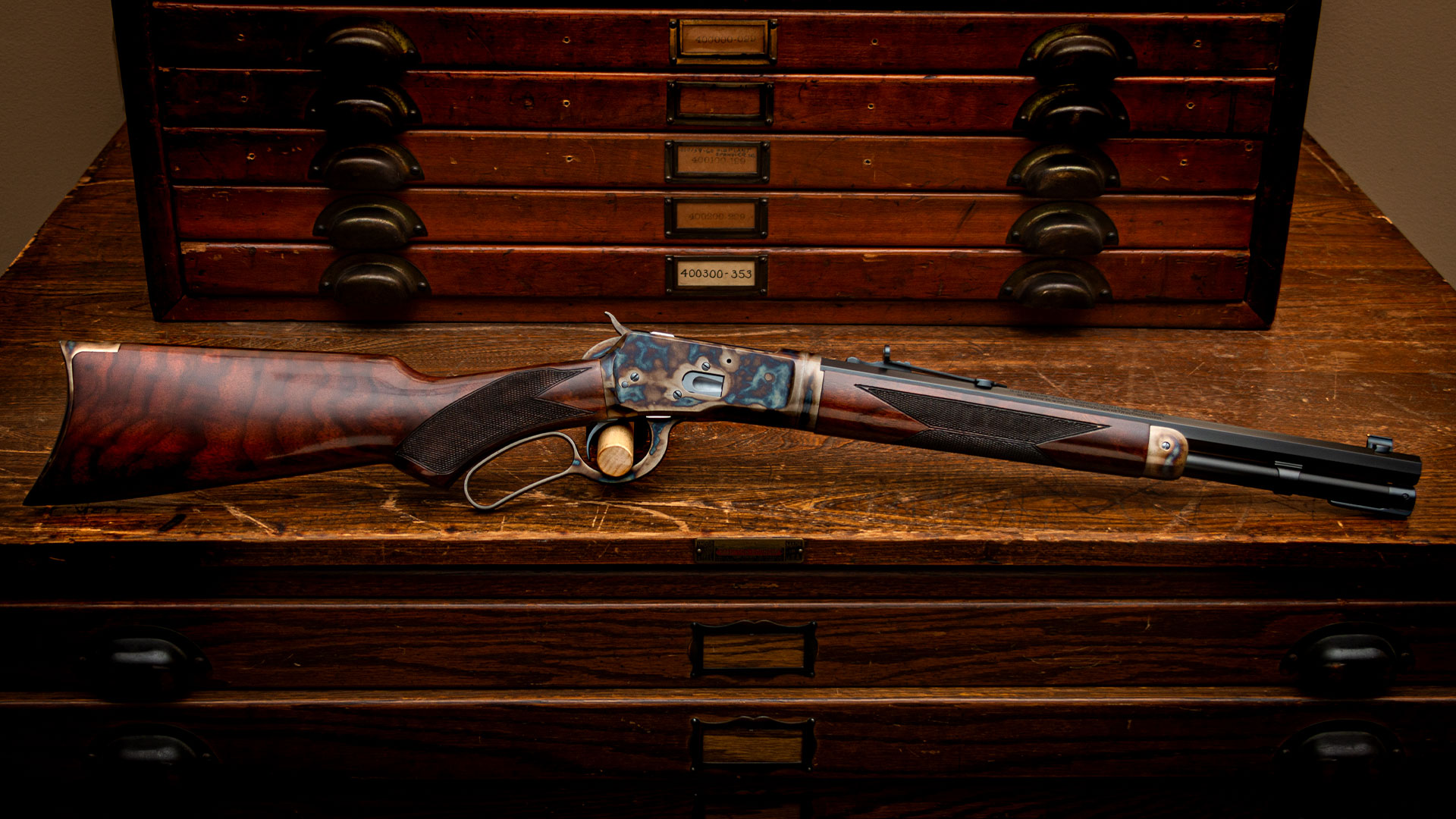
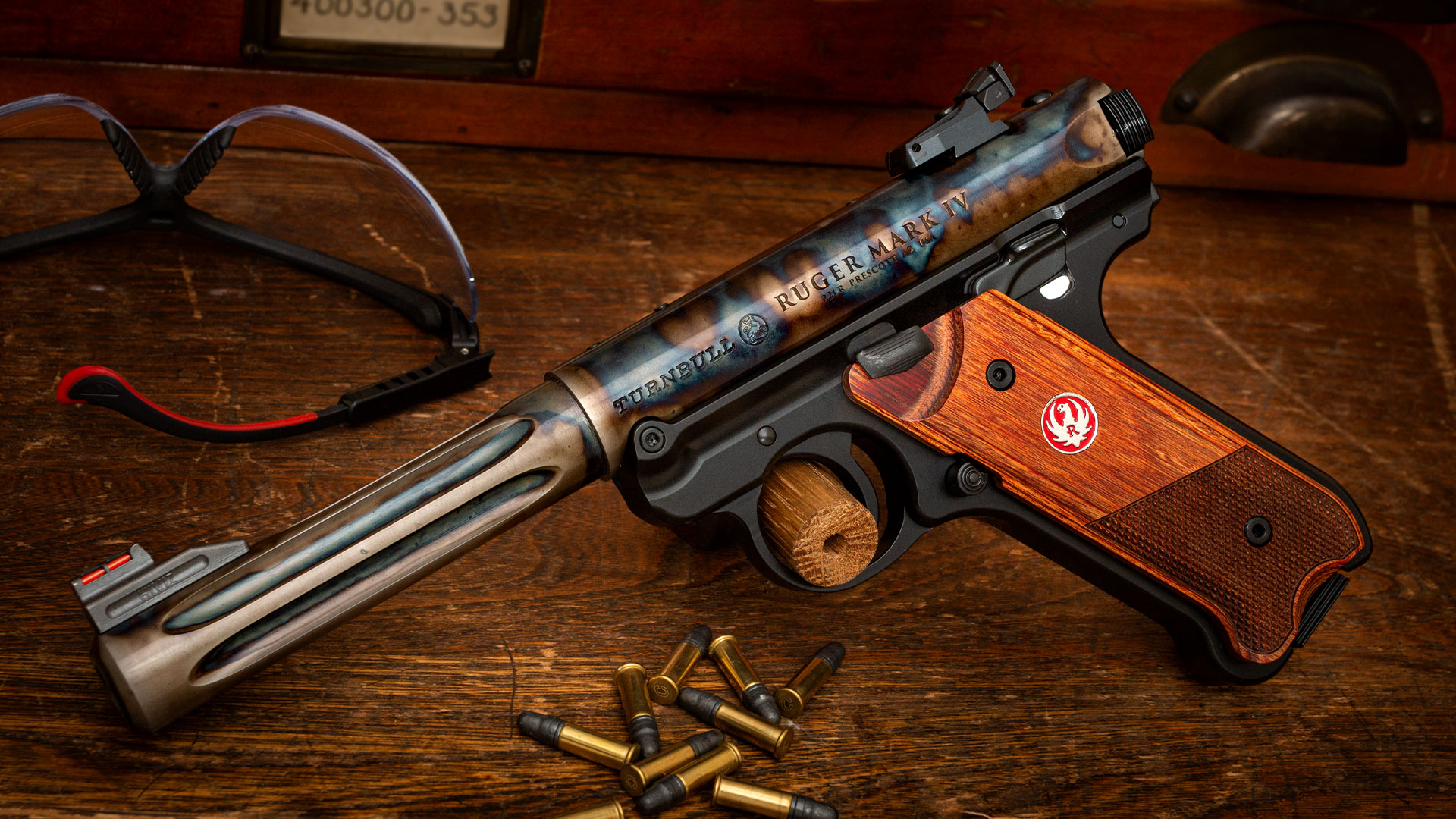
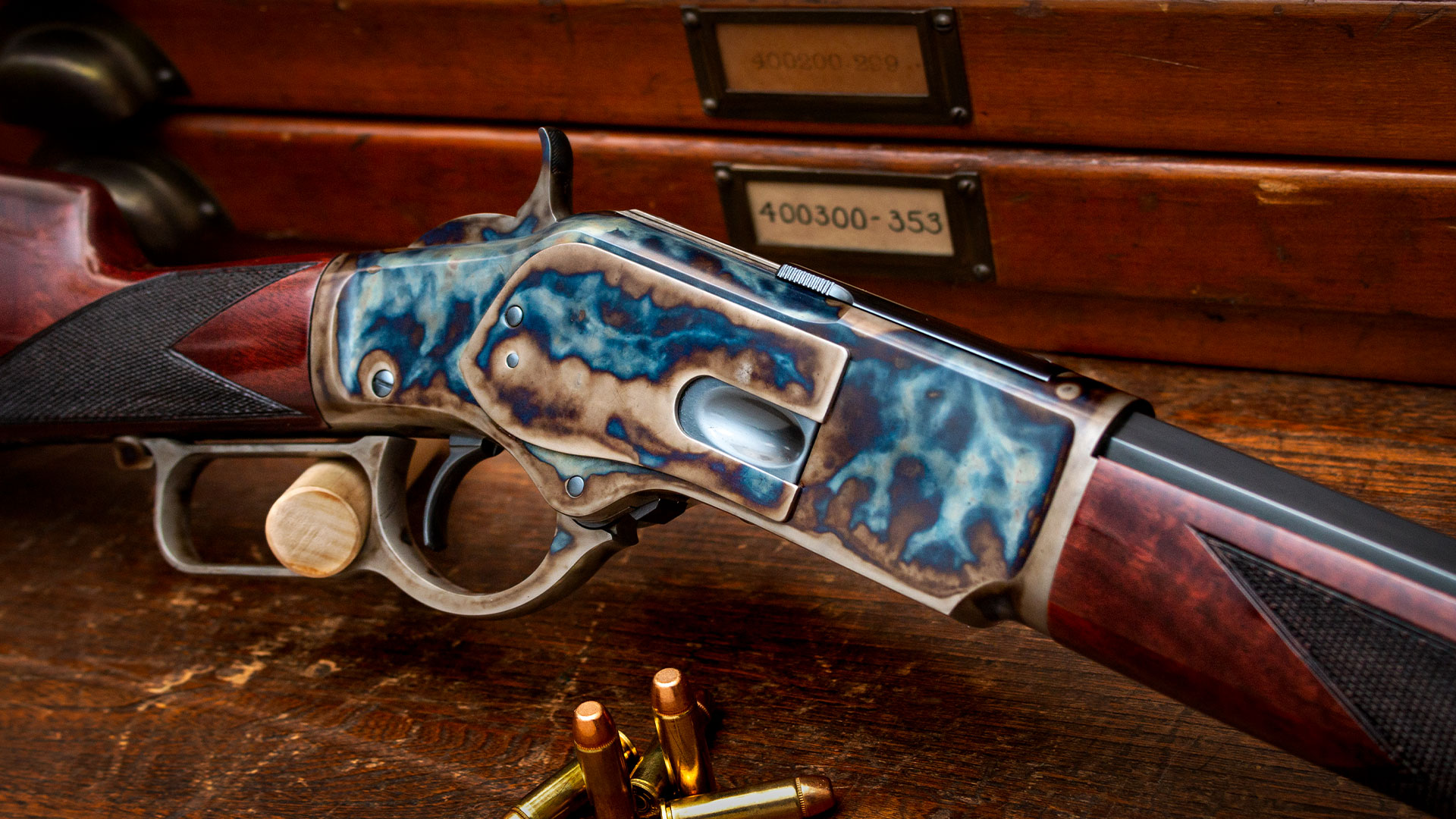
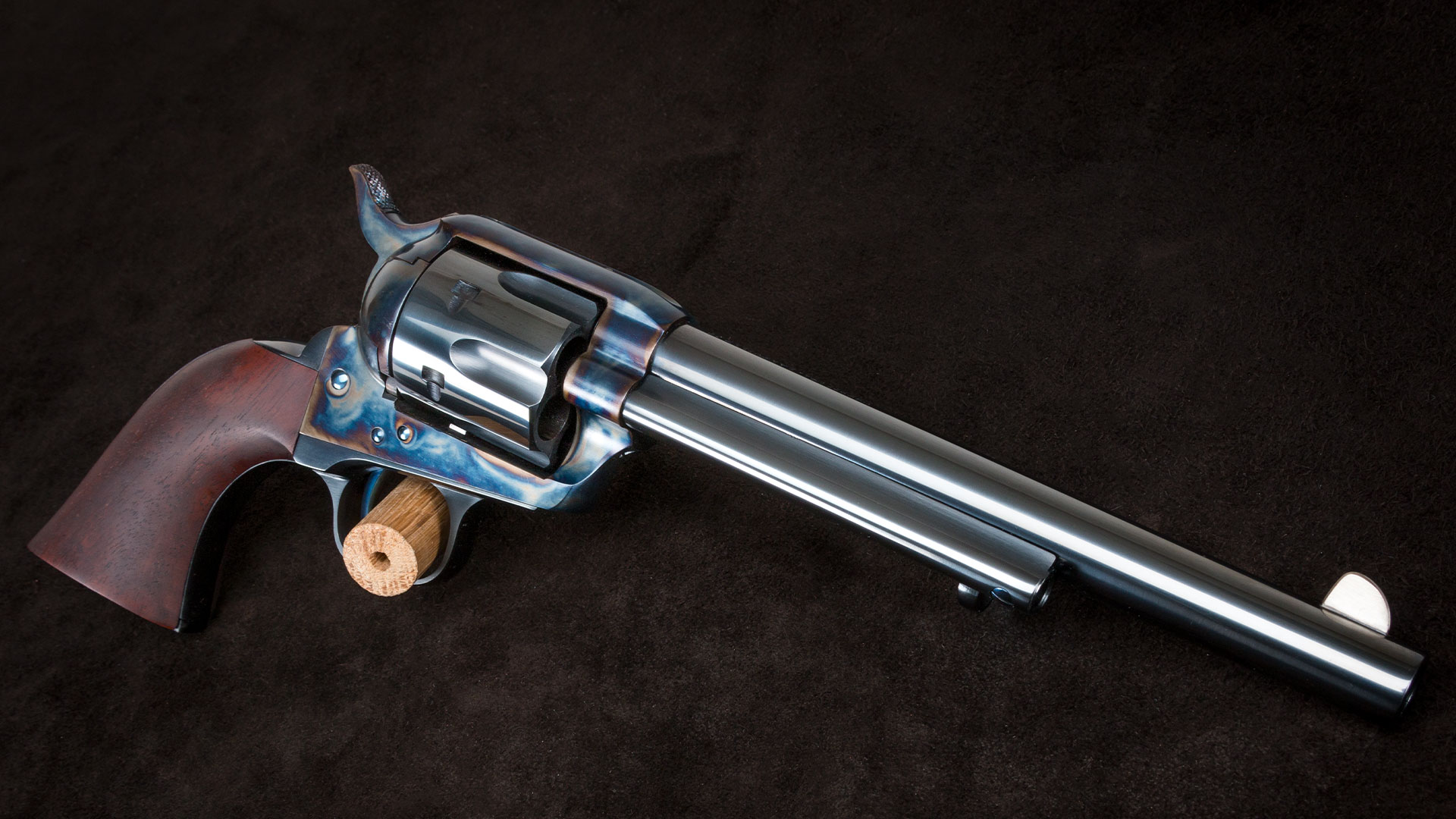
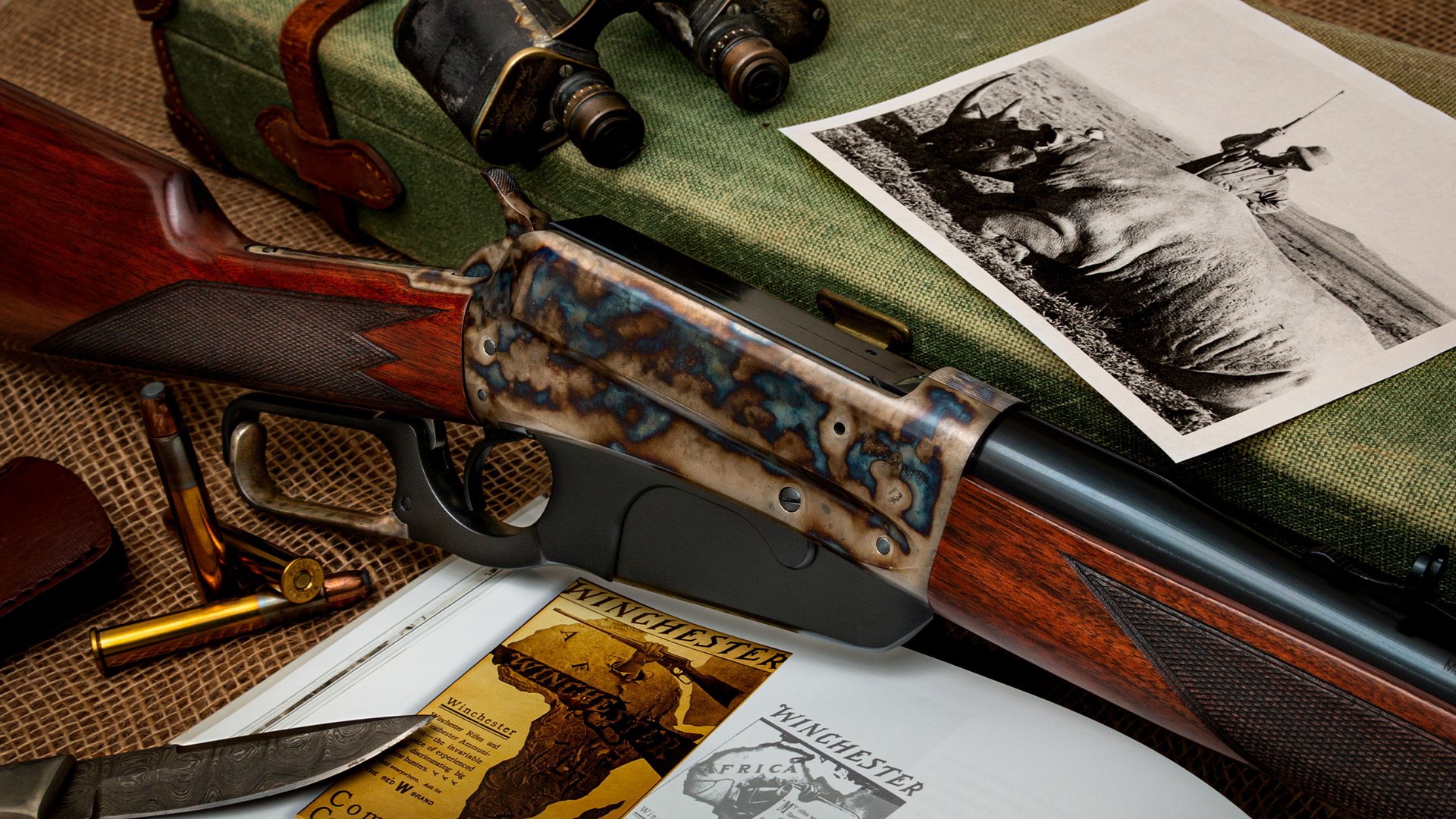
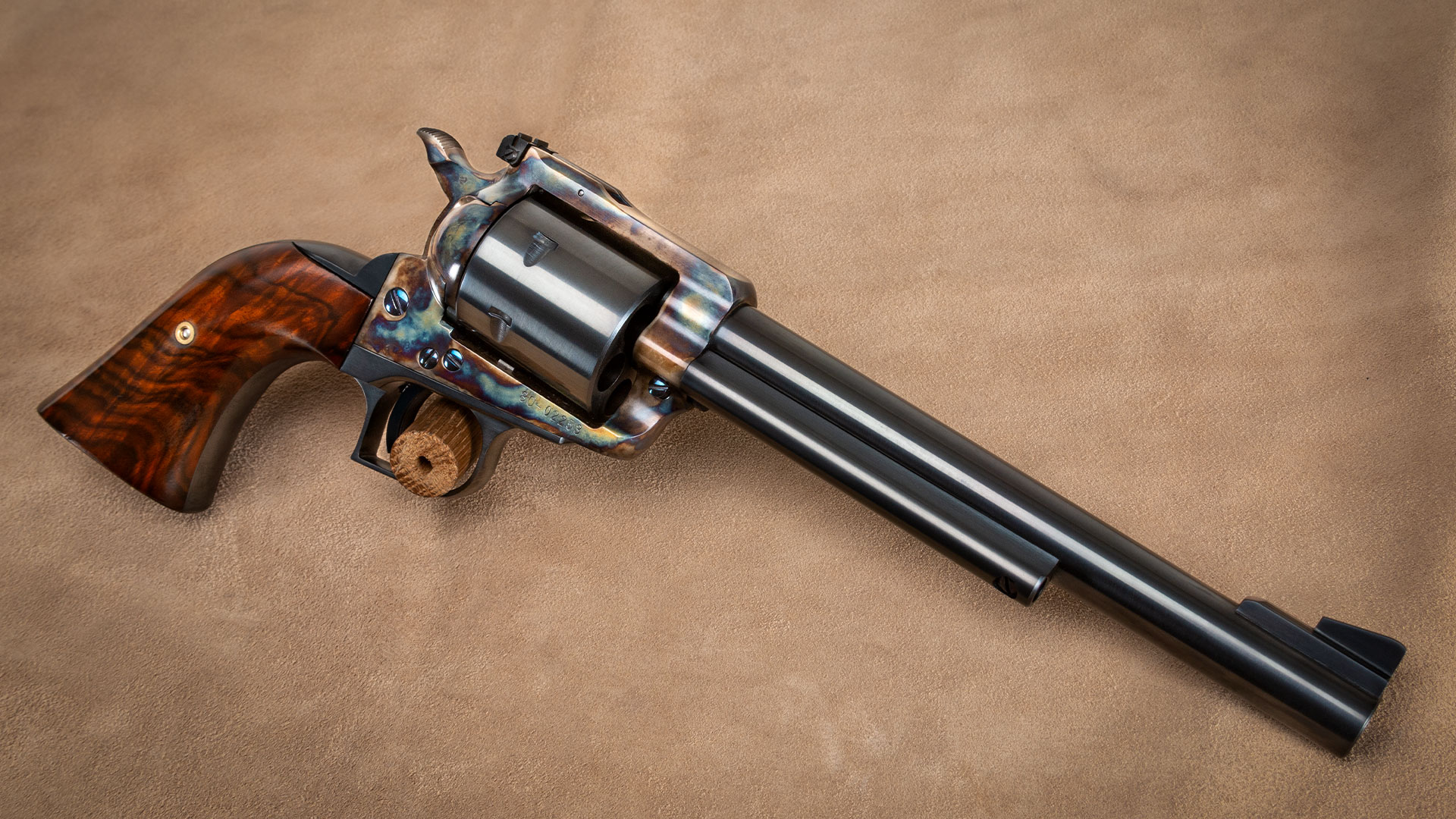
Thanks for this article. Really liked the information.
For 27 years I have been using Turnbull to color case harden my custom guns. Their technique and attention to detail is unsurpassed. Keep up the great work!
Is there a difference in the “reliability” of the hardening or tempering of the steel between Color Case Hardened and more modern practices?
Should one be concerned about the strength of the firearm using modern factory ammunition?
Hi Craig,
Since traditional color case hardening is done at such a high temperature it’s not appropriate for certain firearms or parts of firearms, as they could warp during the process. Generally that’s going to be thinner double-action frames and moving parts (1911 slides, revolver cylinders). Some people have had success coloring these with the modern color case process, since it doesn’t get as hot.
Sara
Your information is spot-on for me. I am debating having a Winchester 44-40 and or a 32- 20 restored. Your work is fantastic.
Thank you and your company workers for their longstanding dedication to quality. Dale
Thank you Dale. If we can ever be a resource to you please don’t hesitate to call or email.
From what I have seen in your website pictures you have accomplished a true art form to the Nth degree. Keep up the good work. Hopefully I can have my COLT Bisley revolver in 32 COLT caliber restored by your company.
Thank you for the kind word Douglas. We’re happy to help out.